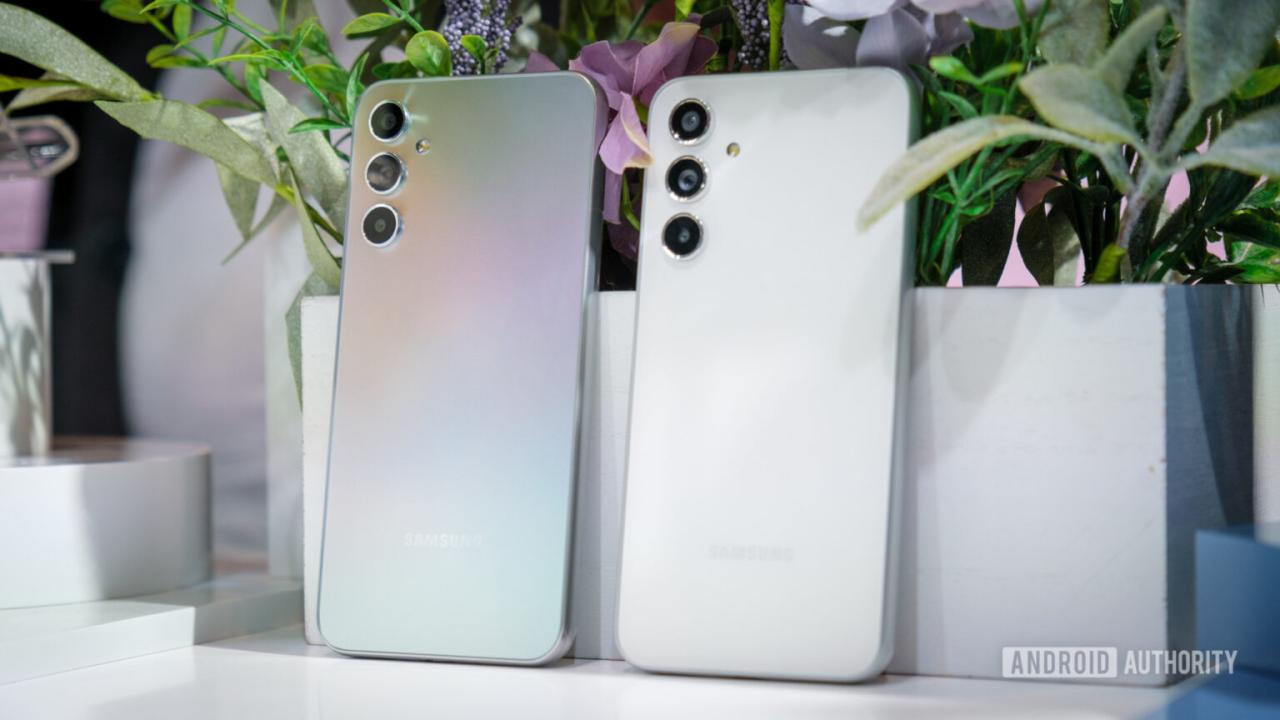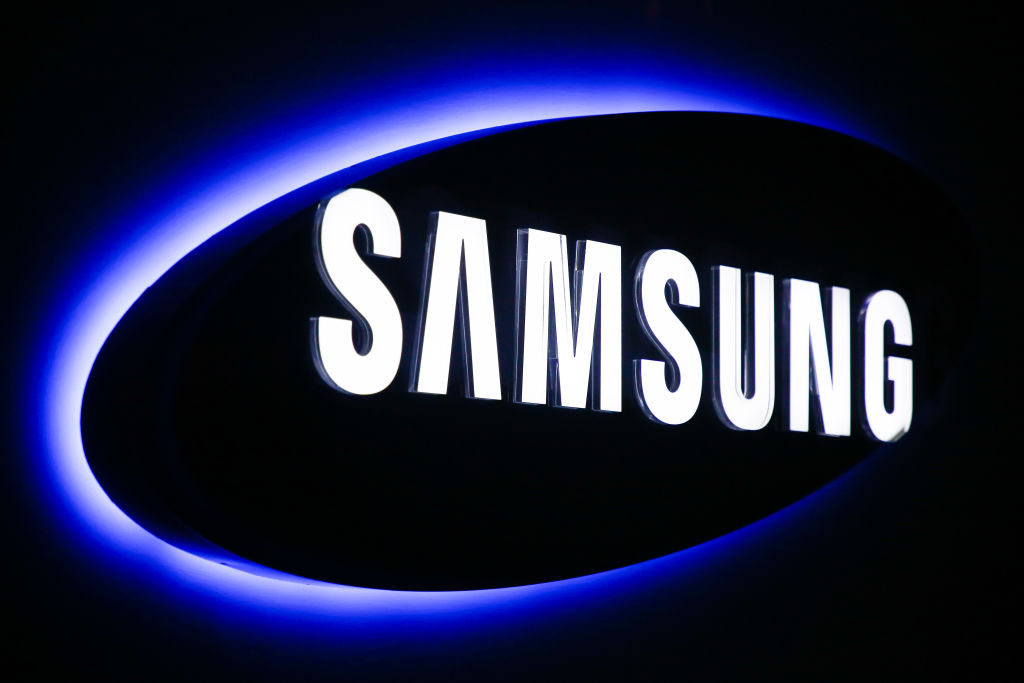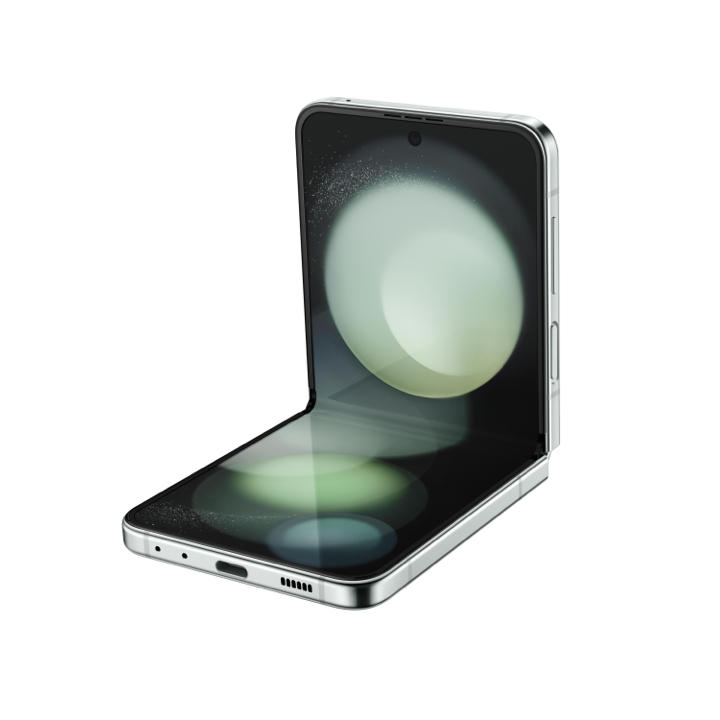Samsung Note7 takes center stage as a device that captivated smartphone enthusiasts with its innovative features and sleek design. Released with great anticipation, it promised to elevate user experience with cutting-edge technology, including an impressive camera and a vibrant display. However, this groundbreaking device was soon marred by significant safety concerns, leading to a tumultuous journey from launch to recall.
From its ambitious development timeline to its ultimate impact on future devices, the Samsung Note7 exemplified both the heights of technological advancement and the pitfalls that can accompany such ambition. It pushed boundaries in hardware and software integration, making it a noteworthy contender in the smartphone market before its challenges unfolded.
History and Development of Samsung Note 7

The Samsung Note 7, introduced in 2016, represents a significant chapter in the evolution of mobile technology. This device was designed to blend functionality with innovation, aiming to capture the attention of both loyal Samsung users and potential customers, featuring a range of advanced capabilities. However, its journey from conception to release was marked by ambitious goals and subsequent challenges that ultimately led to its premature discontinuation.
The development of the Samsung Note 7 began after the success of its predecessor, the Note 5. Samsung aimed to refine and enhance the features that made the Note series popular. The device was officially announced on August 2, 2016, and released shortly thereafter. One of its key selling points was the inclusion of an upgraded S Pen, which featured improved pressure sensitivity and a finer tip for enhanced precision. The Note 7 also showcased a stunning 5.7-inch Quad HD Super AMOLED display, which offered vibrant colors and deep blacks, making it ideal for media consumption and productivity tasks.
Innovative Features of Samsung Note 7
The Samsung Note 7 was marketed with several innovative features that distinguished it from its competitors. These features included:
- Water and Dust Resistance: The Note 7 was rated IP68, allowing it to withstand immersion in up to 1.5 meters of water for 30 minutes, appealing to users who sought durability.
- Enhanced Security: It introduced an iris scanner, adding a biometric layer for security alongside the traditional fingerprint sensor, a first for smartphones at that time.
- Improved Battery Life: The device was equipped with a 3,500 mAh battery, which was designed to last longer than its predecessors and supported fast charging capabilities.
- USB Type-C Connectivity: This was a significant upgrade over the micro-USB ports used in earlier models, allowing for faster data transfer and charging.
- Samsung DeX Support: The Note 7 featured support for Samsung DeX, allowing users to connect their device to a larger display for a desktop-like experience.
The marketing campaign for the Note 7 heavily emphasized these features, positioning it as an all-in-one solution for both personal and professional use.
Challenges Faced During Manufacturing
Despite its promising features and strong initial reception, Samsung faced considerable challenges during the manufacturing of the Note 7. One major issue was related to battery production, where inconsistencies in quality led to safety concerns. Some batteries were found to have defects that could cause them to overheat and, in some cases, explode.
The unexpected battery failures led to a recall of 2.5 million devices just weeks after the launch.
In response to the incidents, Samsung initiated a recall and worked with battery manufacturers to rectify the issue. However, further reports of battery failures after the recall led to the ultimate decision to discontinue the Note 7 entirely. This decision marked a significant moment in Samsung’s history, highlighting the challenges of innovation in the smartphone industry and the risks associated with rapid development cycles.
Technical Specifications and Features

The Samsung Note 7 was launched amidst considerable anticipation, and it delivered impressive technical specifications that set a new standard for smartphones. This device was not just another iteration in the Note series, but a bold statement of innovation and design. With high-end features and a focus on user experience, the Note 7 had elements that distinguished it from its predecessors and competitors.
The following section Artikels the intricate technical specifications and notable features of the Samsung Note 7, emphasizing the hardware-software integration that enhances its performance and usability.
Technical Specifications Overview
The technical specifications of the Samsung Note 7 reflect its position as a flagship device. Below are the key specifications that contribute to its performance:
- Display: 5.7-inch Super AMOLED, 1440 x 2560 pixels resolution, providing vibrant colors and deep contrasts.
- Processor: Qualcomm Snapdragon 820 or Exynos 8890, depending on the region, both offering excellent performance and power efficiency.
- RAM: 4GB of RAM, enabling smooth multitasking and app performance.
- Storage: Available in 64GB internal storage, expandable via microSD card up to 256GB.
- Camera: 12MP rear camera with dual pixel technology for fast autofocus and 5MP front camera, ensuring high-quality images.
- Battery: 3,500 mAh battery with fast charging capabilities, supporting both wired and wireless charging.
- Operating System: Android 6.0.1 (Marshmallow) at launch, upgradeable to later versions, showcasing Samsung’s commitment to software updates.
Notable Features
The Samsung Note 7 came with several features that distinguished it from previous models. These innovations catered to both productivity and entertainment, creating a seamless user experience.
Among the most significant features were:
- S Pen Integration: The S Pen was more functional than ever, with new features like Screen Off Memo allowing users to take notes directly on the screen without unlocking the device.
- Water Resistance: Rated IP68, the Note 7 could withstand immersion in water, adding durability for everyday use.
- Samsung Knox Security: The device featured advanced security options, safeguarding sensitive information with hardware-backed security.
- HDR Video Playback: The display supported HDR10, enabling users to enjoy richer and more dynamic video content.
- Enhancements in VR Compatibility: The Note 7 was optimized for Samsung’s Gear VR, enhancing the virtual reality experience.
Hardware and Software Integration
The integration between hardware and software is one of the hallmarks of the Samsung Note 7, allowing for a cohesive user experience. The device boasted features that were not only about raw specifications but how well they worked together.
The synergy between hardware and software is exemplified by the following:
- Multi-window Functionality: With the powerful processor and ample RAM, users could run two apps simultaneously without lag, facilitating effective multitasking.
- Optimized Touch Response: The Super AMOLED display featured a responsive touch layer that worked seamlessly with the S Pen for enhanced precision.
- Adaptive Performance: The device adjusted processing power based on usage patterns to optimize battery life and performance, through software updates and features.
- Software Customization: Samsung’s TouchWiz skin allowed for personalized experiences with various themes, icon packs, and widgets, enhancing user satisfaction.
“The Samsung Note 7 represented a commitment to innovation, blending powerful hardware with intuitive software capabilities.”
Safety Concerns and Recall

The Samsung Galaxy Note 7 was initially celebrated for its innovative features and sleek design; however, it soon became associated with significant safety concerns that led to a widespread recall. Following reports of devices overheating and catching fire, Samsung faced a crisis that not only impacted their brand reputation but also raised critical questions regarding consumer safety.
The safety issues emerged shortly after the device’s launch, with multiple reports detailing incidents of batteries overheating, which in some cases resulted in fires. This problem was primarily attributed to defective lithium-ion batteries that failed to meet safety standards. As the situation escalated, the implications for users became increasingly severe, leading to the need for immediate action from Samsung to mitigate risks and protect consumers.
Steps Taken by Samsung to Address Battery Issues
In response to the alarming reports, Samsung implemented a series of measures aimed at addressing the battery defects and restoring consumer confidence. These steps included:
– Investigation and Identification: Samsung initiated an extensive investigation to identify the root cause of the battery failures. It was discovered that the issue originated from two separate battery suppliers, leading to a comprehensive review of their manufacturing processes.
– Replacement Programs: Initially, Samsung launched a battery replacement program for affected devices, encouraging users to exchange their existing Note 7 units for new ones. This program aimed to alleviate safety concerns while allowing customers to continue using the popular smartphone.
– Enhanced Safety Measures: To prevent future incidents, Samsung introduced new safety protocols, including a rigorous 8-point battery safety check designed to ensure that every new battery met the highest standards before being used in their devices.
Recall Process and Communication to Consumers
The recall process was a significant undertaking that required clear communication and effective methods to reach consumers. Samsung utilized various channels to inform users of the issue and the steps they needed to take:
– Public Announcements: Samsung made formal announcements through press releases, which detailed the safety concerns and Artikeld the recall process. This transparency was crucial in maintaining trust with consumers.
– Direct Notifications: Samsung directly contacted owners of the Note 7 through email and push notifications, urging them to power down their devices and participate in the recall program.
– Retail Partnerships: To facilitate the return process, Samsung collaborated with major retailers and carriers, providing additional information and resources to ensure a smooth exchange experience for customers.
The combination of these actions ultimately aimed to prioritize consumer safety while addressing the reputation damage suffered by Samsung due to the unfolding crisis. The proactive approach taken during the recall process illustrated the company’s commitment to rectifying the situation, albeit with significant challenges along the way.
Legacy and Impact on Future Devices
The Samsung Galaxy Note 7, despite its short lifespan, has left a profound legacy that has influenced the design and safety protocols of subsequent smartphone models. The incident surrounding the Note 7 serves as a critical case study in the evolution of consumer electronics, particularly in areas of safety and design innovation.
One of the most significant impacts of the Note 7 was its role in reshaping the design philosophy of modern smartphones. Following the recall and eventual discontinuation of the device, manufacturers have been more cautious in their approach to innovation, specifically in battery technology. The Note 7 incident highlighted the risks associated with high-capacity batteries and compact designs, prompting companies to reevaluate their engineering processes to prioritize safety alongside aesthetics.
Influence on Smartphone Design
The design of smartphones post-Note 7 has been heavily influenced by the lessons learned from its failures. Key changes include:
– Increased Battery Testing: Manufacturers now employ advanced testing protocols to ensure battery safety, including rigorous thermal and mechanical stress tests to prevent overheating.
– Battery Management Systems: Enhanced battery management systems are integrated into devices to monitor charging and discharging cycles, reducing the risk of failure under extreme conditions.
– Modular Designs: Some companies have begun exploring modular designs that allow for easier replacement and upgrades of components, particularly batteries, to minimize risks associated with integrated designs.
Long-term Effects on Consumer Trust, Samsung note7
The fallout from the Note 7 incident has had lasting implications for consumer trust in Samsung and the broader smartphone market. As a result of the recall, Samsung faced significant challenges in restoring confidence among its users. The long-term effects include:
– Brand Recovery Efforts: Samsung has invested heavily in marketing campaigns to rebuild its reputation, emphasizing its commitment to safety and innovation in subsequent products, such as the Galaxy S8 and Note 8.
– Consumer Caution: Many consumers have become more cautious about purchasing new devices, often waiting for reviews and safety reports before making a decision. This shift in consumer behavior reflects a broader trend of skepticism towards smartphone manufacturers.
– Regulatory Scrutiny: The Note 7 incident has prompted increased scrutiny from regulatory bodies worldwide, resulting in more stringent safety regulations for battery manufacturing and device certification.
Smartphone Safety Measures Post-Note 7
In the wake of the Note 7, the smartphone industry has implemented a range of safety measures to protect consumers. The importance of these measures cannot be overstated, as they aim to prevent incidents similar to those experienced with the Note 7. The following are notable safety enhancements introduced:
– Multi-Layered Safety Protocols: Manufacturers have adopted multi-layered safety protocols, which include software monitoring for battery integrity, hardware safeguards, and emergency shutdown systems.
– New Battery Designs: Advancements in battery technology, such as the use of solid-state batteries, promise to reduce risks associated with leakage and overheating, enhancing overall safety.
– Improved Consumer Education: Companies have increased efforts in consumer education, providing guidelines on proper usage, charging, and care for devices to minimize risks associated with mishandling.
The legacy of the Samsung Galaxy Note 7 continues to resonate through the smartphone industry, serving as a reminder of the critical balance between innovation and safety.
FAQ Overview: Samsung Note7
What were the key features of the Samsung Note7?
Key features included a 5.7-inch Quad HD display, S Pen functionality, water resistance, and a dual-pixel camera.
What led to the battery issues in the Note7?
Manufacturing defects in the battery cells caused overheating and, in some cases, fires.
How did Samsung handle the recall process?
Samsung initiated a global recall, offering exchanges for safe devices and providing timely communication through various channels to keep consumers informed.
What was the public’s reaction to the Note7 recall?
The public reaction was mixed, with many expressing disappointment and concern about safety, though some appreciated Samsung’s prompt response.
How did the Note7 incident affect Samsung’s reputation?
The incident temporarily damaged consumer trust, leading Samsung to enhance quality control measures and safety protocols in subsequent models.
The Samsung Galaxy S II was a game-changer in its time, showcasing a sleek design and impressive performance that set the standard for future smartphones. With its vibrant display and user-friendly interface, this device paved the way for innovation in mobile technology, making it a beloved choice among tech enthusiasts.
Building on that legacy, the Samsung Galaxy S 4 introduced even more groundbreaking features, such as advanced camera capabilities and smart stay technology. This model not only enhanced user experience but also redefined expectations for smartphones, proving that Samsung was at the forefront of cutting-edge mobile advancements.